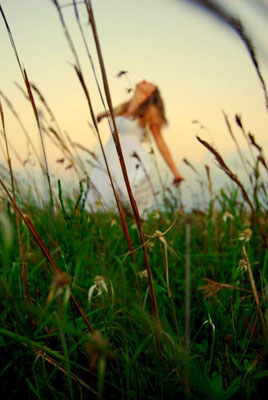All Nonfiction
- Bullying
- Books
- Academic
- Author Interviews
- Celebrity interviews
- College Articles
- College Essays
- Educator of the Year
- Heroes
- Interviews
- Memoir
- Personal Experience
- Sports
- Travel & Culture
All Opinions
- Bullying
- Current Events / Politics
- Discrimination
- Drugs / Alcohol / Smoking
- Entertainment / Celebrities
- Environment
- Love / Relationships
- Movies / Music / TV
- Pop Culture / Trends
- School / College
- Social Issues / Civics
- Spirituality / Religion
- Sports / Hobbies
All Hot Topics
- Bullying
- Community Service
- Environment
- Health
- Letters to the Editor
- Pride & Prejudice
- What Matters
- Back
Summer Guide
- Program Links
- Program Reviews
- Back
College Guide
- College Links
- College Reviews
- College Essays
- College Articles
- Back
The Mark of My Culture MAG
“Your forehead is bleeding,” the young boy told me, squinting his eyes and leaning in closer, as if staring at the red prayer powder on my forehead hard enough would make it go away. My embarrassment was immediate, my blush only a shade lighter than the red mark on my forehead. My four-year-old self turned away from my classmate and ran into the bathroom. Only water could erase my humiliation. I splashed it onto my face and rubbed at the powder, shrinking the teardrop shape until the red gave way to the light wheat brown of my skin.
“I washed the blood off,” I told him later. He nodded and smiled, and I was satisfied. I was one of them again. For now, I could continue smashing my plastic dinosaurs into each other, and tomorrow I would tell my mother that I wouldn’t wear the tikka – the prayer mark that was applied during major Hindu ceremonies – outside of the house again.
As I grew, I existed in a duality. I refused to take Indian food for lunch. I deleted the Bollywood songs from my iPod in case a friend saw them. I talked about how much I hated my name; it was too long, and I was tired of having to correct new teachers when they mispronounced it.
But even as I outwardly shunned my culture, inwardly I was attached to it. The holiday that excited me most was Diwali, when my mom would cook a banquet that would feed our family of four for the next two weeks. To me, the prettiest woman in the world was the Bollywood actress Priyanka Chopra, and I often found myself enraged by major social issues in India such as government corruption and female selective infanticide. Clearly, I was two-faced, a hypocrite – a “phony,” as Holden Caulfield would say.
But with age came the intellectual maturity that reconciled my inner and outer identities. I attended McNair, a school that took pride in its diversity. I ate at Japanese hibachi restaurants with my Asian friends and at Spanish bodegas with my Latino schoolmates. I was exposed to books like Jhumpa Lahiri’s The Namesake. I began to realize that people’s cultures often frame their perspectives and that a true understanding of the world, a compassion for others, can only be achieved if cultures of every type are openly embraced. It was time to stop trying to fit in with the preschoolers playing with plastic dinosaurs.
With this understanding came a new comfort in myself. My Indian ethnicity was something to be proud of. After all, it was my Indian culture that taught me to stay away from drugs and alcohol. It was my culture that taught me the value of hard work. My culture that taught me that even a natural intelligence went to waste if I wasn’t ardently committing every cell in my body to the task at hand. It was my culture that taught me to love intellectual vibrancy, to love colors, to love social environments, to love music, to love family – to love.
Now, looking in the mirror, I lightly run my fingers over the spot on my forehead where the tikka belongs.
“It’s not blood,” I whisper to a long lost four-year-old boy. “It’s a prayer mark, a tikka.”


4 articles 0 photos 1 comment